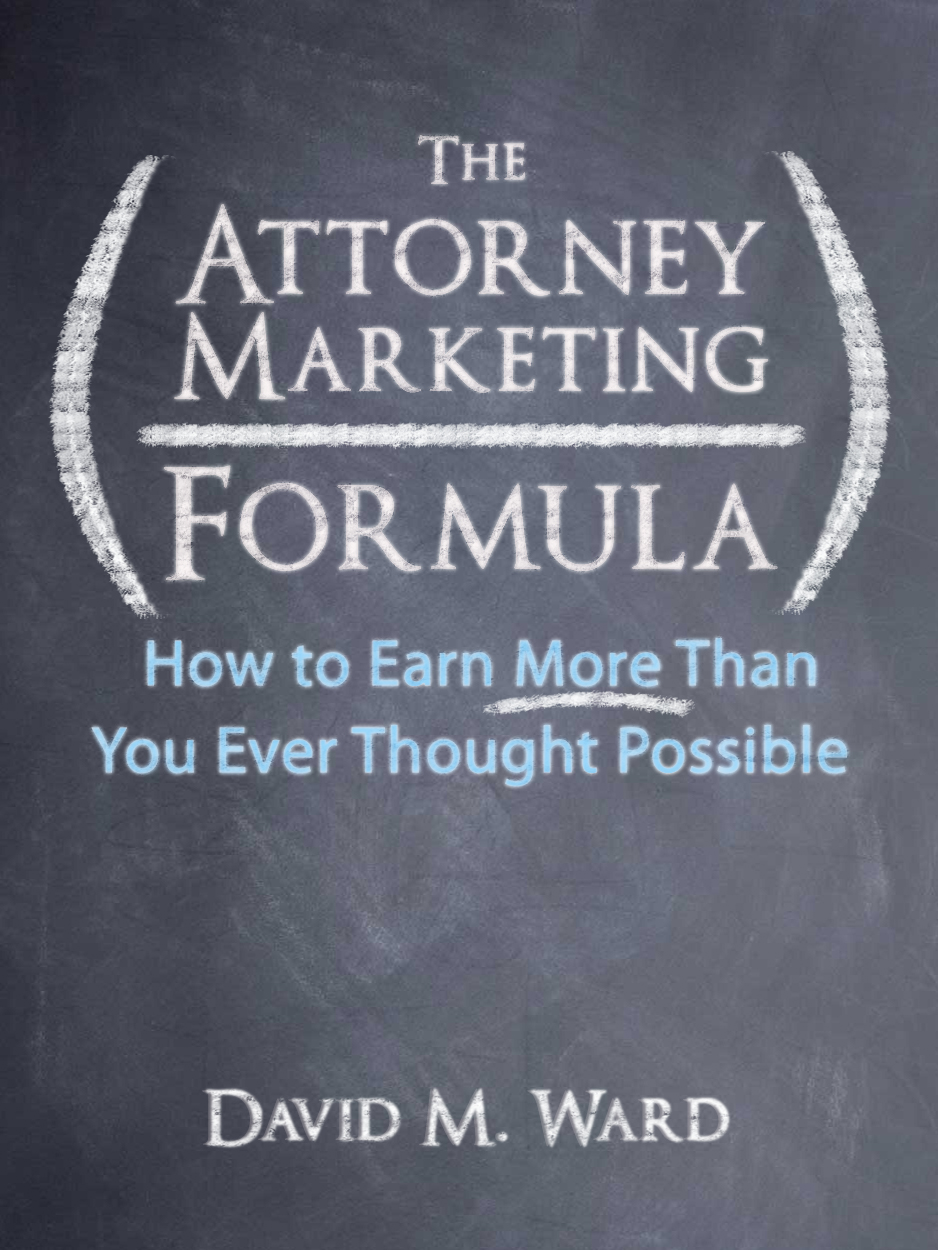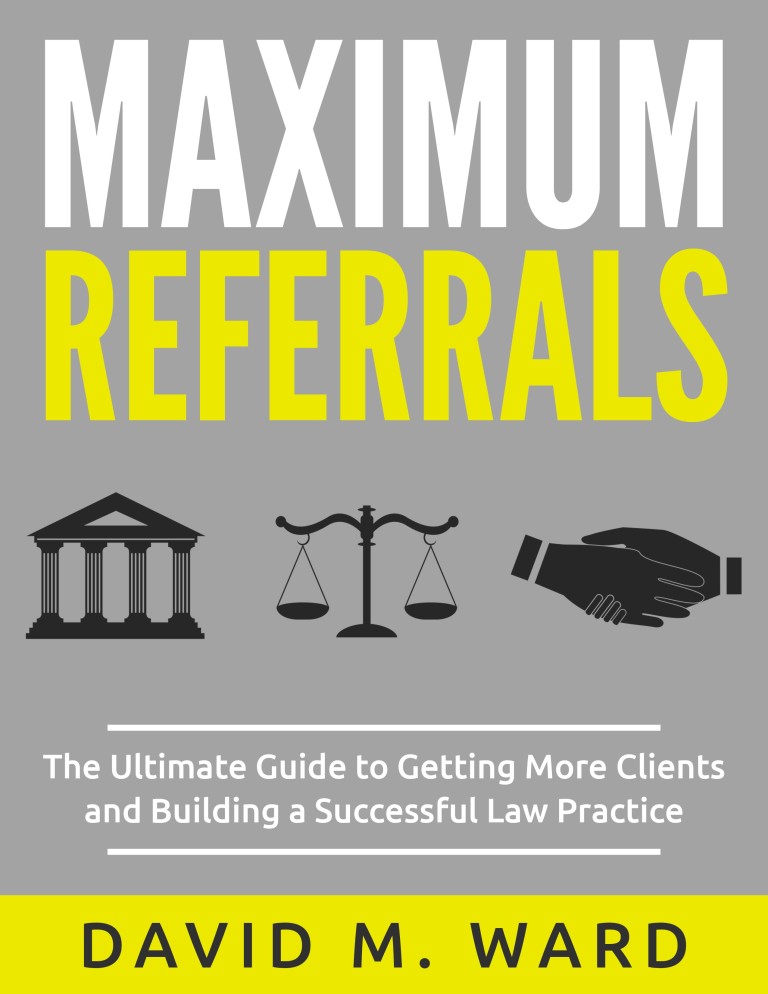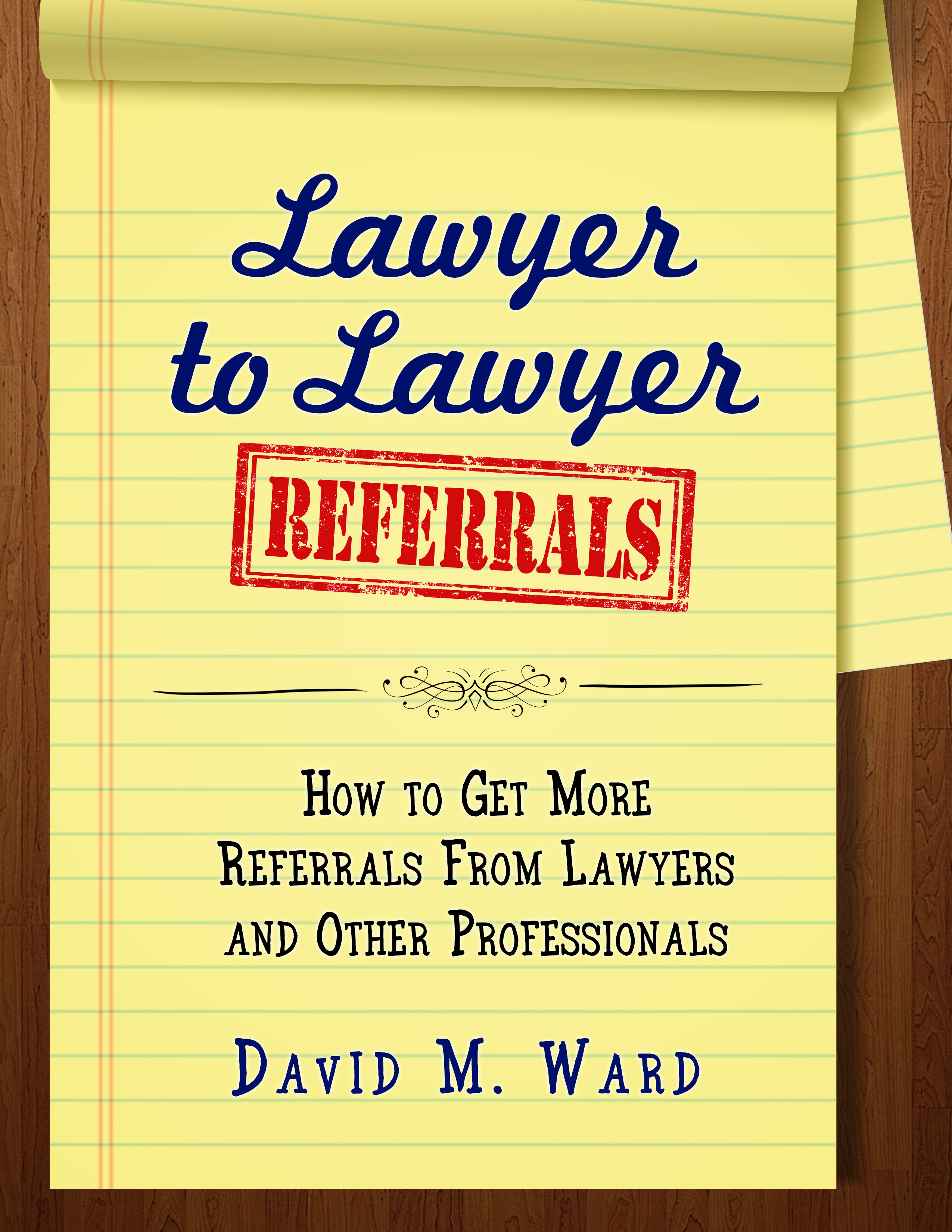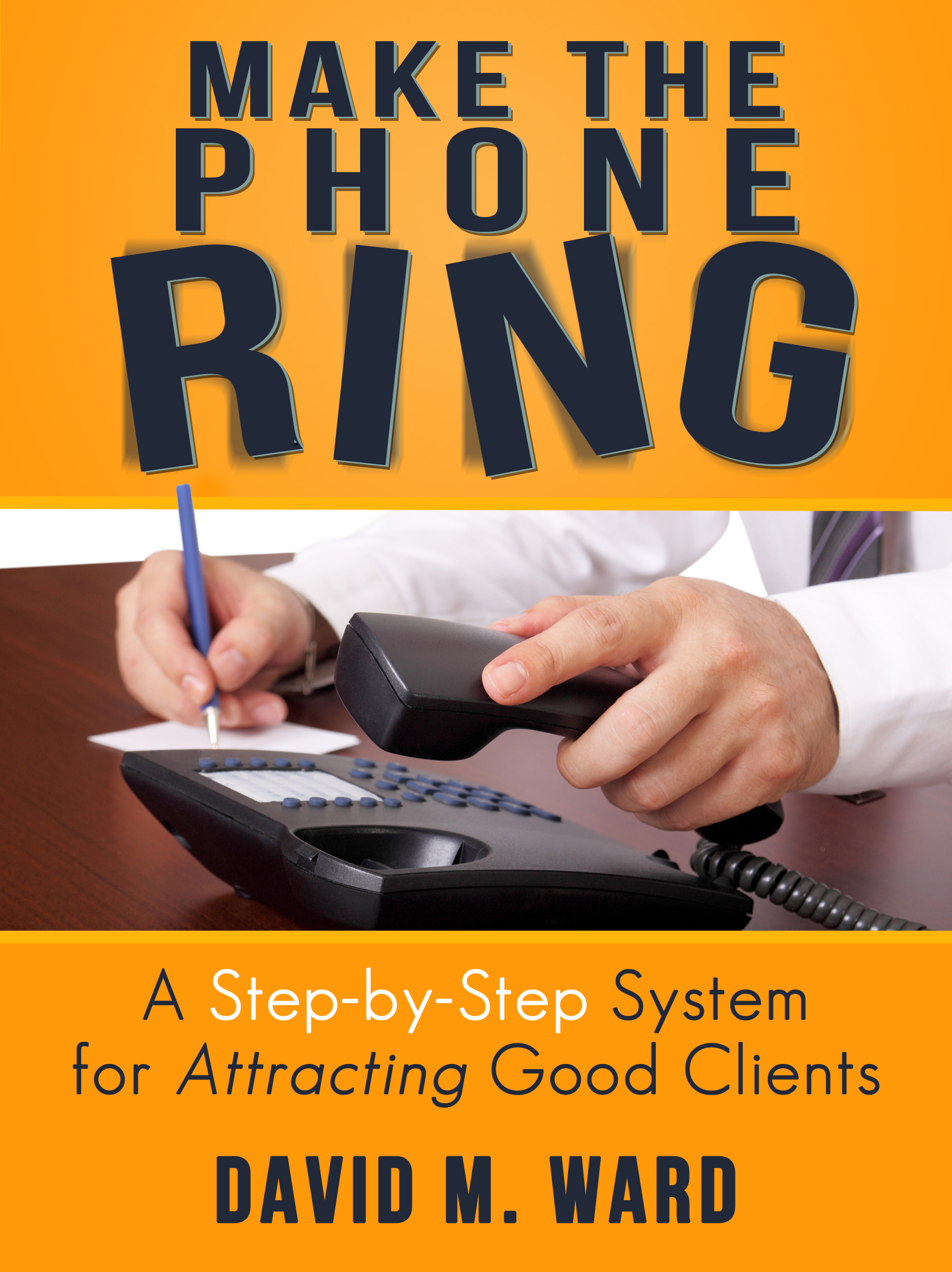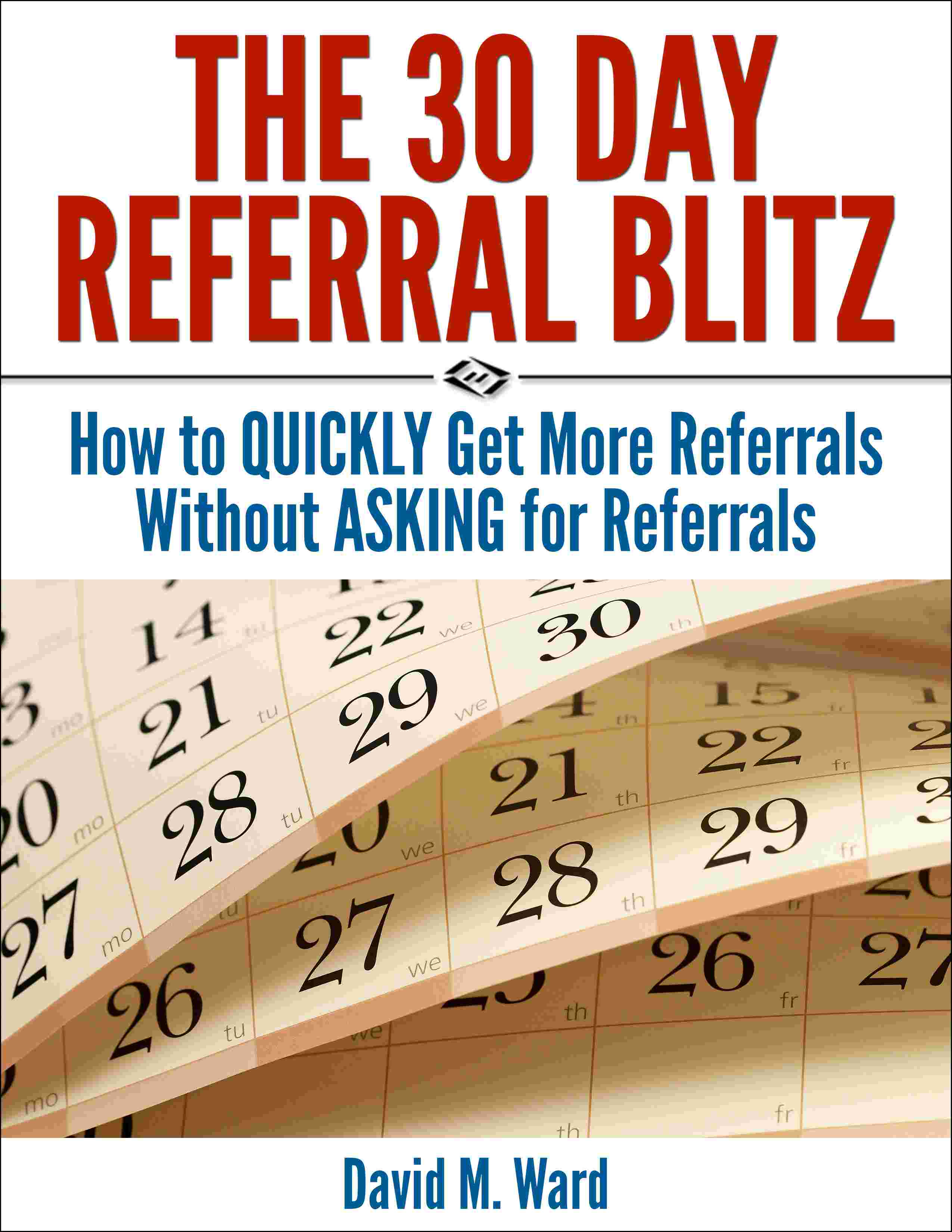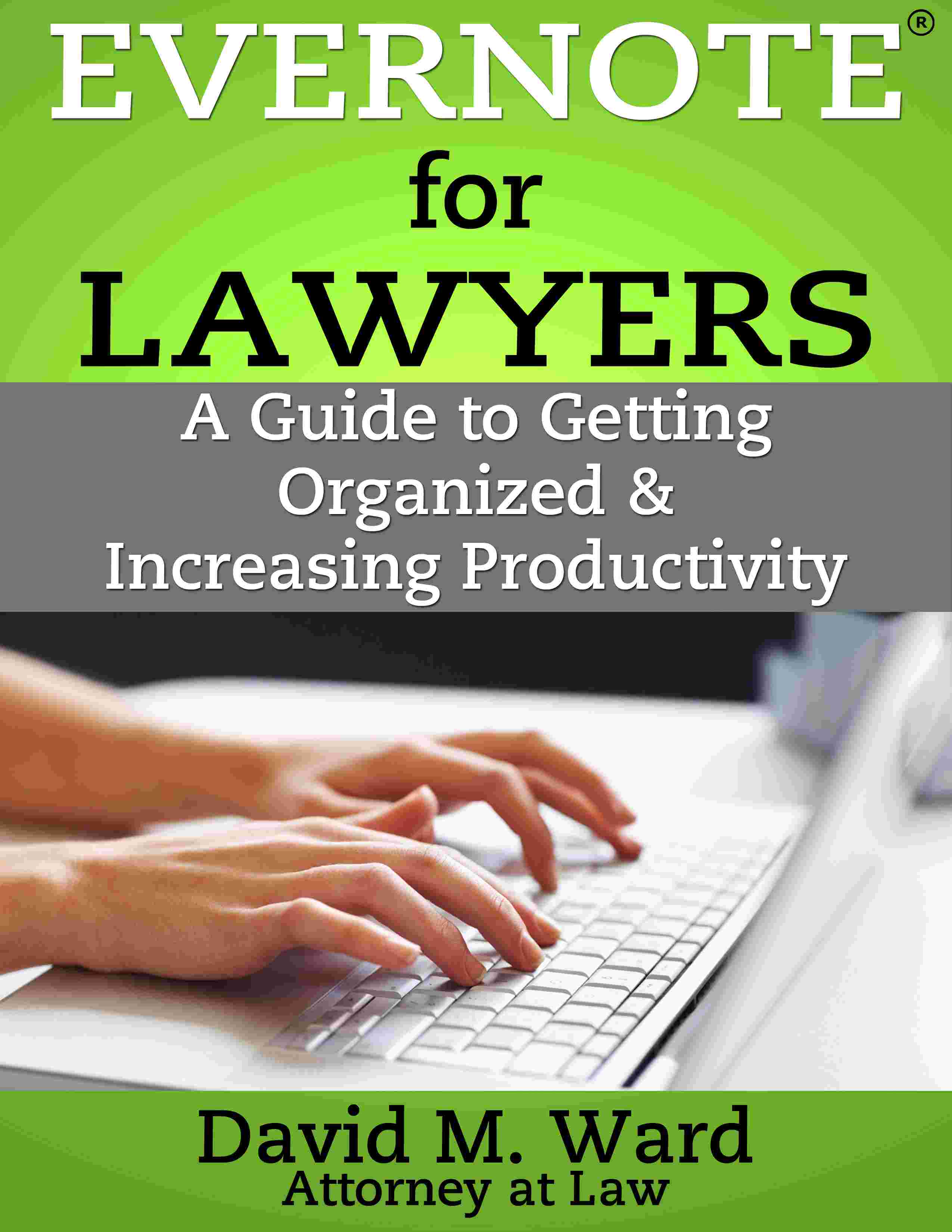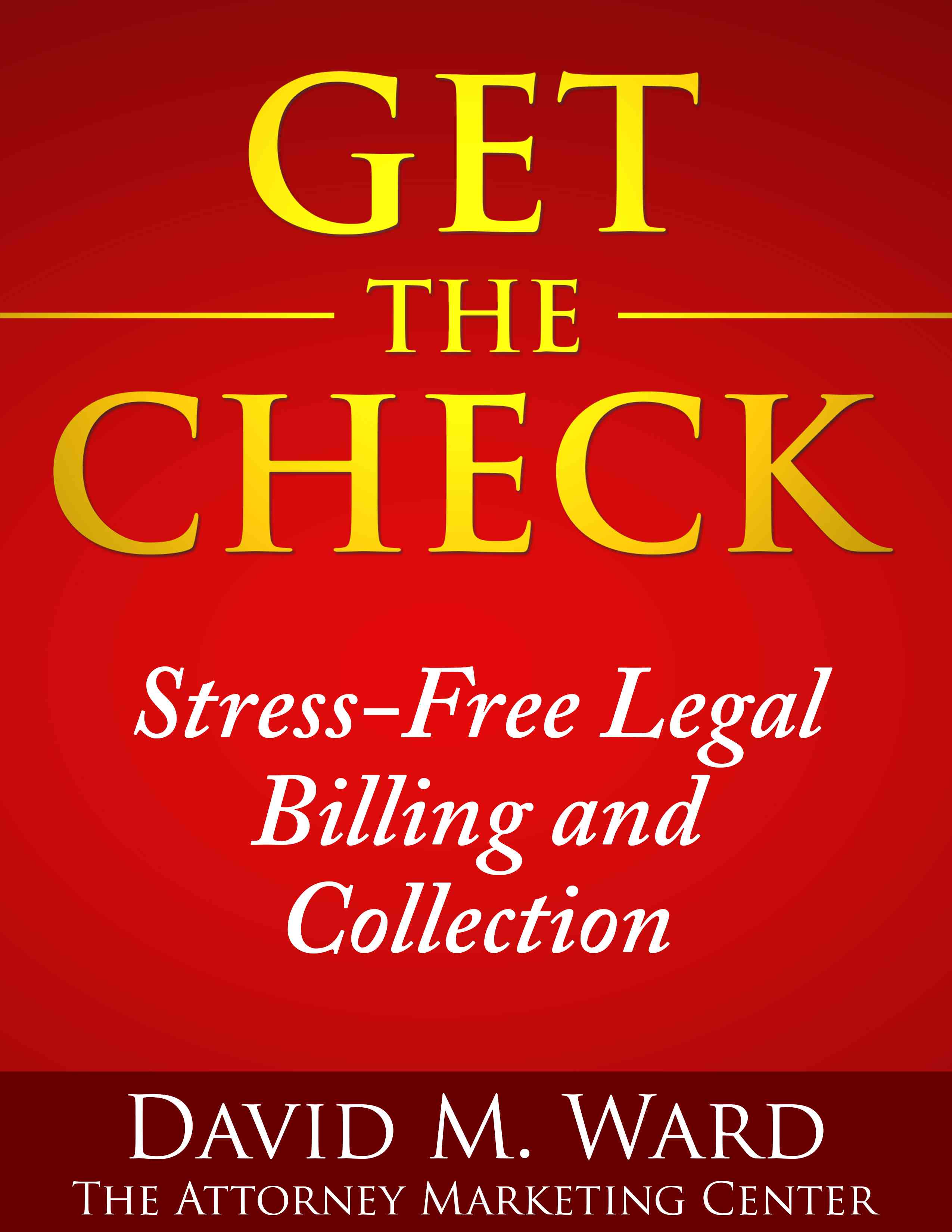Sometimes, I get an idea for a blog post, write it, and add a title. Sometimes, I start with a title and start writing without knowing what I want to say.
It’s all good. And sometimes, it’s a lot of fun.
The other day, I read the phrase, “Use it or lose it” which we’ve all heard a thousand times and thought I could use this as the title of a post about the value of practice and keeping your “instrument” well tuned.
I thought I might get a good article out of it. But I’m weird.
When I see a phrase like “Use it or lose it,” I play with the words. I turn them around, mix and match them with other words, punch the sentence in the face, kick it in the groin, and see what happens.
Sometimes nothing happens. Sometimes, something interesting emerges and I use it.
In this case, I turned “Use it or lose it” into “Lose it or use it” and wrote about “losing” bad habits so you don’t use them and make bad things happen like alienating your clients.
And I got a pretty good article out of it. Arguably better than what I would have written had I stuck with the original meaning of the words.
If you’d like to add a creative spark to your writing, consider playing with your words. It can help you look at things differently and generate ideas you might never have thought of.
Try it. Go find a quote, aphorism, song or movie title, or other pop culture reference, and give it a poke in the eye. Twist and turn it and see what you come up.
If nothing else, you’ll come up with something original that people will notice and remember.
It works especially well when you start with something well known. Your readers will recognize something familiar in your title and be curious. Is this a typo? Is something missing? What’s this all about?
And read your article to find out.
If so, mission accomplished.

